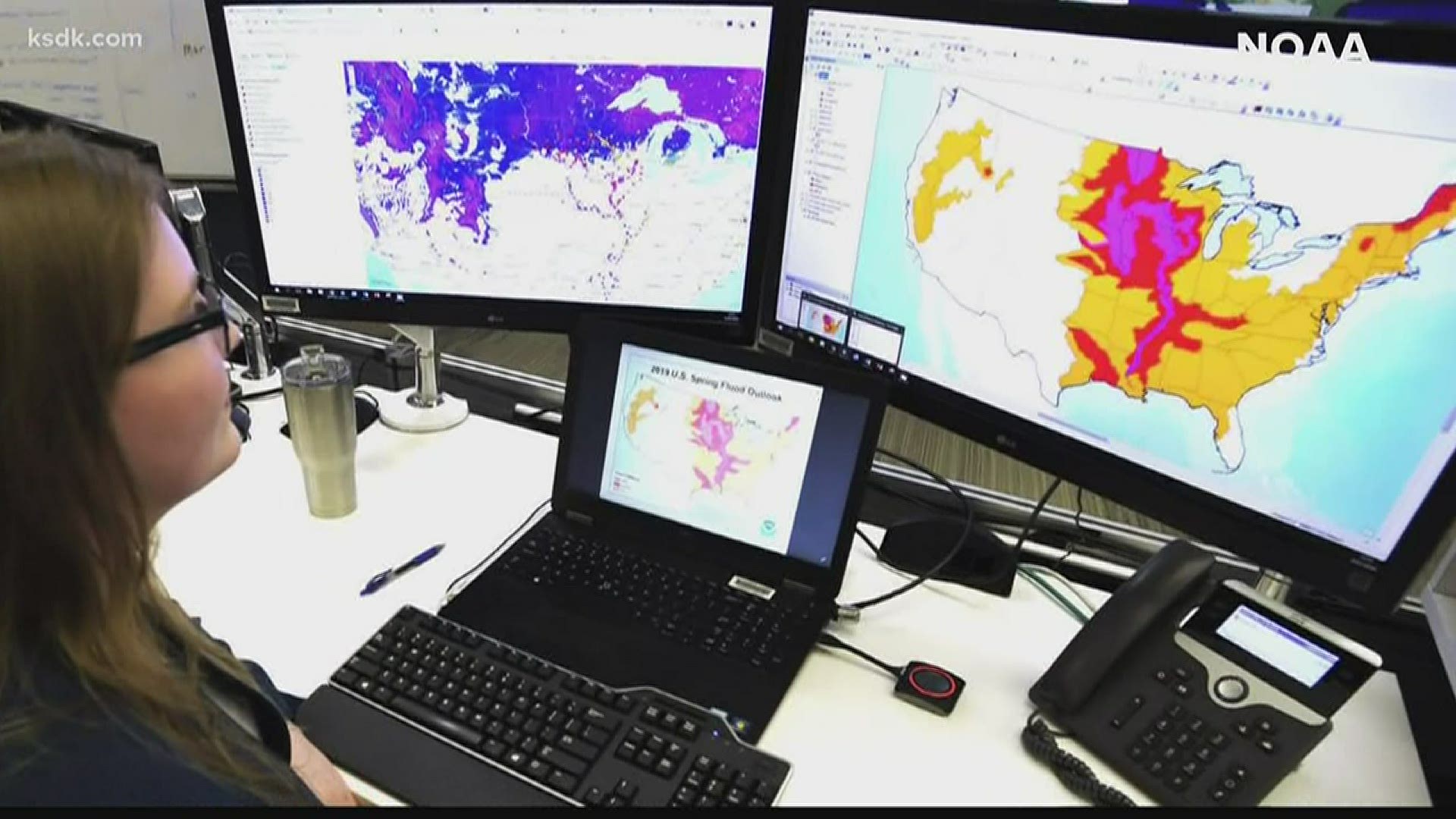ST. LOUIS — From school closures to work from home orders, COVID-19 has had far-reaching impacts. It turns out, the pandemic could also be affecting the weather forecast.
Usually every day during the newscast, a 5 On Your Side meteorologist goes over the "Futurecast". The "Futurecast" is a weather model the meteorologists pick which shows what the weather could be for the day, night and week ahead.
Weather models are basically one long math equation of observations done by a supercomputer that are laid out on an easy to read map.
Actual observations are critical for an accurate forecast. Some countries have someone on the ground record the temperature, cloud cover, wind speed and more. Other governments use automated instruments both on the ground and in the air.
It's airplane data that the World Meteorological Organization is worried about.
Their program usually sends more than 800,000 reports. Since world travel has been greatly limited due to COVID-19, less data is coming in from commercial airlines.
The World Meteorological Organization reports that in Europe and the US, the drop in flights has resulted in a 50 to 80 percent drop of aircraft observations over the past few weeks.
Fewer observations mean fewer data points to plug into those weather models, which drops the accuracy of the forecasts.
The National Weather Service reported that as of March 31, weather data from U.S. commercial aircraft is half of the normal levels.
According to the National Weather Service, it is too early to tell if fewer planes in the air is affecting our forecast models. There are still daily weather balloon launches across the country, surface weather observations, satellites and buoys helping get at least some of the information our national models need.

